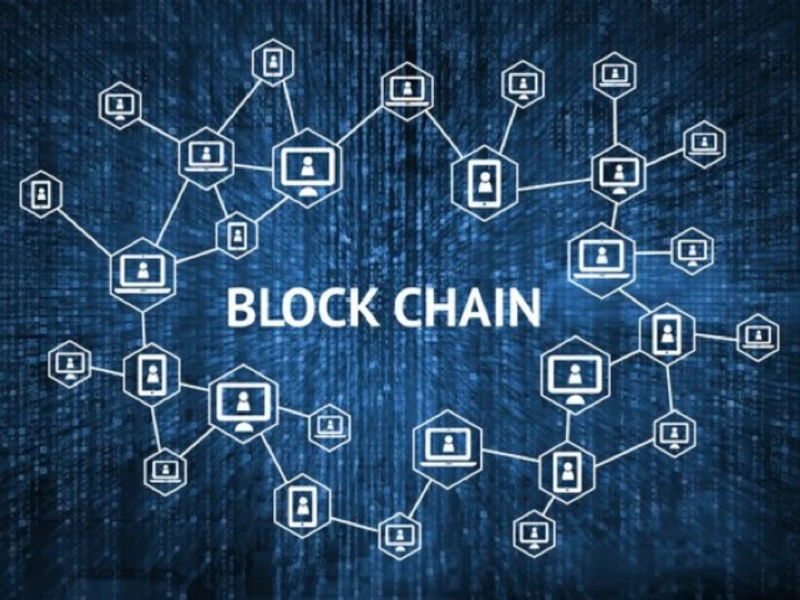Analysis
Blockchain technology decentralizes the administration of transactions and provides all participants with the same decentralised ledger or database, enabling users to exchange value between themselves without the need for middlemen (distributed ledger). Transactions are created on platforms whose nodes interact over peer-to-peer networks (P2P 1) over Internet connections and can be financial (cryptocurrencies) or of another type (goods, information, services, etc.). The blockchain offers a dynamic and unalterable representation or record of those transactions over time that replaces intermediaries and centralized trusted authorities (eg notaries, banks, insurers, etc.) that support the transactions for the digital trust that users have invested in this technology.
The blockchain development offers sharing and decentralisation (the same copy of the database in all nodes), transparency (all participants can see all the information contained in the distributed database), irreversibility (once a piece of data is registered, it cannot be modified or deleted), and disintermediation (without central arbitrator, the participants make decisions by consensus). The chain of blocks connects the series of transactions and includes a timestamp that gives the operations transparency and traceability without inadvertently infringing the users' privacy (the way can be known 2 and the content although it is not always feasible to infer the identity of the user). Actors can take on one of three roles: accessors, participants, and users in charge of verifying transactions and generating blocks. Accessors have the authority to own and browse a copy of the distributed database (miners). They each have a verified and individual copy of the database.
Each platform sets forth its own participation, functioning, and governance guidelines. Platforms, like the Bitcoin Cryptocurrency, can be open (public) if they are freely accessible (permission less ledgers). When participation, the ability to reject new members, or the opportunity of choosing the consensus process at the start of the chain are restricted, they are semi-public or authorized (permissioned ledgers). When a third party establishes the rules, they can also be private; in this situation, it is difficult to distinguish between a blockchain and a traditional decentralised database.
To access, sign, and encrypt transactions, blocks, and their chaining, the blockchain makes use of cryptographic security techniques. Private keys can be linked to the identity of the users or to intermediate elements; for example, the digital wallets with which the platform offers the anonymity of operations. The rules that execute the transactions can be established through smart contracts; in the Ethereum blockchain, for example, they ensure a common understanding of the transaction between the parties, in particular regarding the obligations contracted, offering limited probative visibility to the interested parties (the third parties of the blockchain outside the contract do not have access to its stipulations or its fulfillment).
Certain network nodes specialize in validating the transaction and writing it encrypted in the block, chaining it to the existing ones once completed. Before a new block can be added to the chain, its authenticity has to be verified by a consensus validation process. The consensus mechanism ensures that all copies of the distributed ledger share the same state. Once the transaction has been validated, the “mining” nodes update the distributed database by adding the transaction to the block of transactions in progress (it is not yet definitively registered); When this block reaches a given number of validated transactions, the "miners" proceed to seal it and incorporate it into the chain, leaving these transactions permanently registered.
Mining nodes use mathematical algorithms to convert the information in a block into an alphanumeric code or hash that links to the hash of the previous block and chain the blocks together. For each block added to the chain, the mining node receives remuneration in cryptocurrencies or a share in the business that is the object of the transaction; once a block is added, it is immutable. The participation of the mining nodes follows the rules defined by each platform regarding the consensus mechanism, which largely determines the security, reliability, speed, and computational and energy cost of the process.
Technological Challenges
It is challenging to address important technological challenges like scalability, standardisation, or interoperability, aspects that have a particular impact on security. These challenges are made difficult by complexity, speed of growth, proliferation of numerous different platforms, or their high business potential.
The biggest public platforms' exponential expansion (Bitcoin, for instance, increased by 450% between July 2012 and July 2016) has highlighted the necessity for scalability. As the network expands, there is greater competition for validators, which results in longer validation times and higher transaction costs per unit. New consensus techniques are therefore required that speed up computation without sacrificing security.
The development of various solutions and the requirement to transfer data between platforms or utilise universal electronic wallets have increased the demand for interoperability. The lack of standards makes it difficult to reconcile various consensus processes and translate between protocols for data sharing. Interoperability between platforms will need to address requirements such as application usability, the ability to transfer assets, limiting the amount of transactions, preventing them, or establishing protections against fictitious ownership transfers, in addition to technological considerations.
A technological challenge in permanent debate is energy efficiency, given the high consumption intrinsic to the blockchain and the significant hidden cost linked to the consensus mechanisms for the validation and calculation of blocks carried out by the mining nodes. These elements indicate the need for more effective and secure validation methods that make it easier for autonomous devices with low consumption, like IIoT in the industrial sphere, to participate in the blockchain platform. These elements are directly connected to the environmental impact.
0


